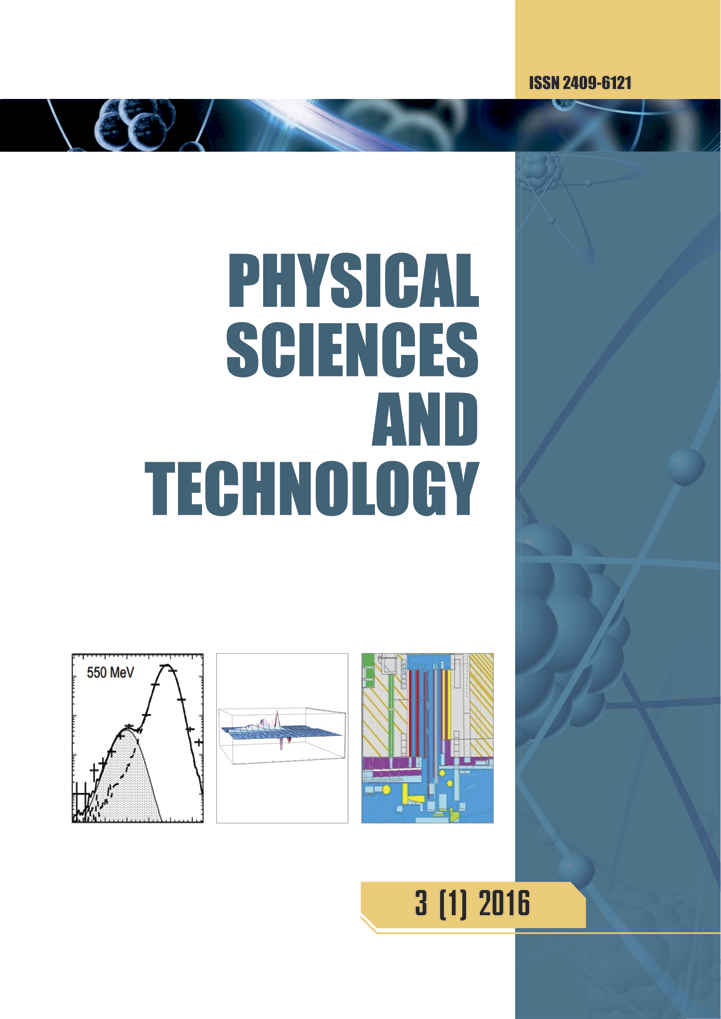Description of the related and resonant states of the nuclei (_3^6)Li of the lie in the method of resonant groups
DOI:
https://doi.org/10.26577/phst-2018-1-148Abstract
To consider the interactions between light nuclei, as well as the nature of the nuclear forces between them, and the test was made of the coupled and resonant positions of the nucleus (_3^6)Li using the technique of the "Algebraic version of the resonant group method (AV RGM)", which takes into account the Pauli principle, and the cluster approximation. As a result, the nucleus (_3^6)Li was considered as a bound and resonant position formed by the interaction of two clusters. This approach can greatly facilitate the ongoing calculations, reducing the interaction between the set of nucleons, to the interaction of individual clusters. That’s way; the calculations carried out are an example of the applicability of this technique for studying interactions between light nuclei in the low-energy region up to 10 MeV. Also, special attention has the influence of nuclear forces, which are used for the description different nucleon-nucleon potentials. Consideration of the interaction between two clusters using alternately several different nucleon-nucleon potentials will allow us to better understand and determine the nature of nuclear force, which will be manifested through the obtained parameters of the bound and resonance positions, as well as the type of the built-up phase shifts. All calculations were performed using different values of nuclear parameters and quantum numbers. Calculations were carried out on the computer program "2cl_SpectrPhases.exe".





